10 Essential Spices For Indian Cooking
May 17, 2019 • 173 views
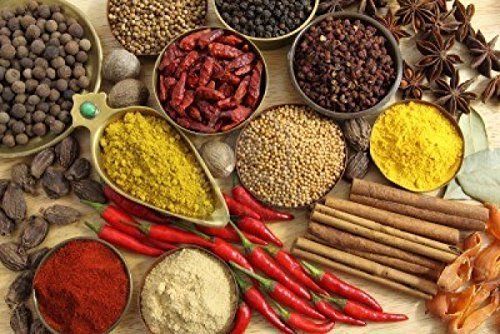
One of the things that people find intimidating about cooking Indian food is the vast array of spices used, both whole and ground, which are often combined into complex spice mixes.
Here are the 10 spices Indians reach for most often when cooking Indian food.
1. Cardamom

There are two kinds of cardamom used in Indian cooking: green and black. Green is the more common variety, used for everything from spice mixes to lassis to Indian desserts. The flavor is light and sweet, with a mild eucalyptus note. Green cardamom can be blended whole when making spice mixes, like garam masala, however when using them in sweets or desserts, you would pop the pod open and lightly crush the fragrant black seeds before using.
Black cardamom, on the other hand, is very powerful and smoky, and needs to be used with a lot of caution. Normally only the seeds would be used, and if using the whole pod, it's best to pull it out before serving the dish, as it can be very spicy to bite into.
2. Clove

Clove is a common spice in Indian cooking and its anise notes are easily recognizable in many Indian preparations. The strong, almost medicinal flavor of clove comes from the concentration of essential oils. Cloves are technically flowers, and a lot of their oils are pressed out before they are dried and used in cooking. Cloves can be used whole or blended into spice mixes. They do need to be used with caution, however, as they can tend to overpower more delicate spices.
3. Cinnamon

Cinnamon is used whole or ground in spice mixes. It is easily distinguishable by its rough, tree bark-like texture, and the best way to check for freshness is to rub a little on your fingers. If you can smell a sharp fragrance, then the bark is fresh.
4. Black pepper
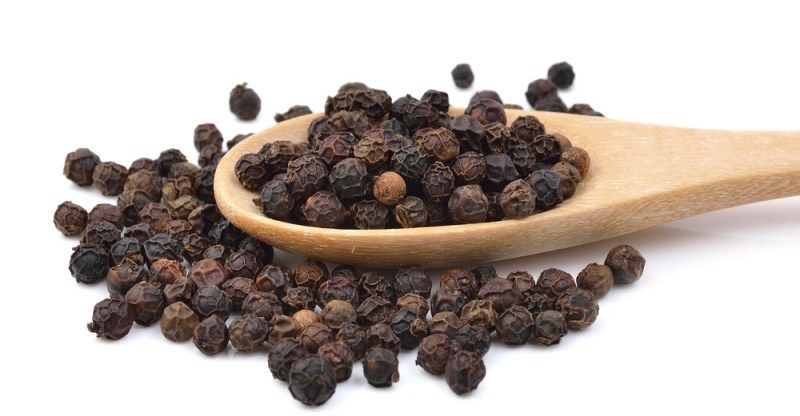
Black pepper is actually native to India, primarily from the Western Ghats and Malabar region. It is a surprisingly hard spice to grow, as it depends on many natural cycles, like a set amount of rainfall, which is why prices for fresh pepper vary a lot.
Like most spices, black pepper needs to be toasted before blending. For the best flavor, however, fresh black pepper can also be ground directly into dishes.
5. Cumin

Cumin is used frequently whole and in spice mixes to add a characteristic smoky note to Indian dishes. It can be identified by its distinct ridged brown seeds and intense fragrance. Cumin is best used freshly ground for the most intense flavor. One thing to keep in mind while dry-roasting this spice is that it burns really easily, and burnt cumin tastes very bitter and will be very noticeable in your dish. Toast this spice until your nose just gets a whiff of smoke and fragrance and then let it cool before blending into mixes.
6. Coriander
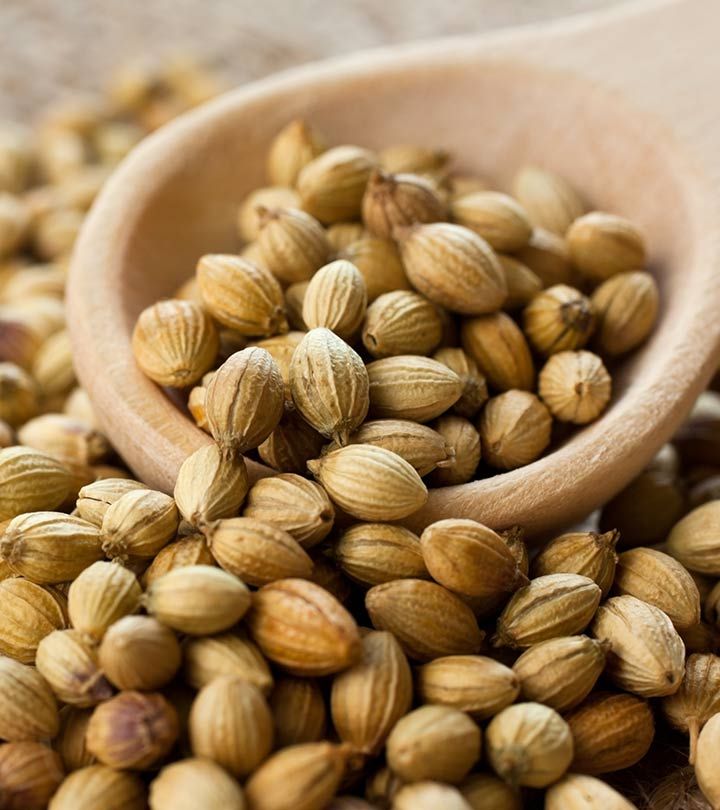
Coriander is probably the most ubiquitous of spices in the Indian spice rack. It is one of the oldest-known spices in the world, and it's characterized by its golden-yellow color and gently ridged texture. The seeds are very aromatic with citrus notes.
Whole coriander is used as a base for many spice mixes, and ground coriander is one of the most commonly used ground spices in Indian cuisine. Like cumin, it needs to be dry-roasted until you can start seeing a light golden-brown tinge to the seeds.
7. Nutmeg and Mace
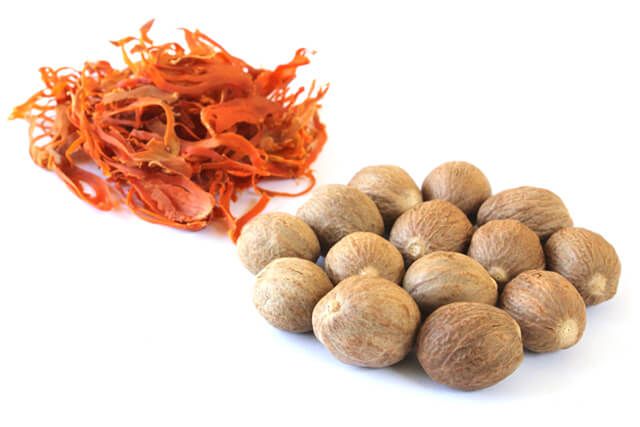
Two of my favorite spices, nutmeg and mace, are used a lot in Indian cooking. Mace is the dark-red outer covering of the nutmeg. Fresh nutmeg is processed by removing the pulpy outside and sliding off the mace. It has a tough outer covering that needs to be cracked off before grating.
When dried, mace turns golden-orange and adds hints of warm flavor. Once nutmeg is dried, it lasts pretty much forever, so it is best to buy it whole and grate as required into your dishes. I rarely ever use ground nutmeg, as it is one of those spices whose flavor degrades very fast once it is ground. Nutmeg does not need to be toasted before blending into spices, as toasting wrecks its delicate flavor.
8. Mustard

Mustard seeds can be yellow, black, or brown and are used interchangeably in Indian cooking. The flavor of mustard seeds is released when they are crushed or cooked in oil. Their smoky, nutty flavor is a staple in curries and curry powders, and mustard oil is commonly used in the North of India.
9. Fenugreek
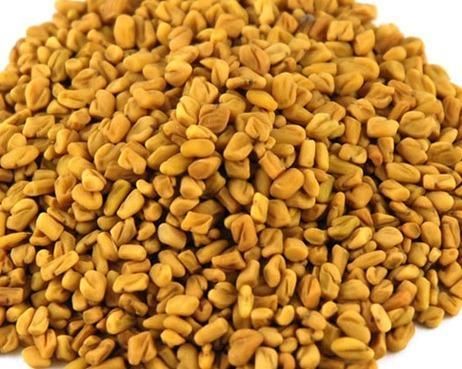
Fenugreek is the spice which gives Madras curry powder its very characteristic, earthy, musky "curry" flavor and fragrance. The seeds are yellowish and look like tiny wheat kernels. Fenugreek leaves are also dried and used as a spice (they are commonly called kasuri methi) and are what makebutter chickenunique.
Fenugreek seeds are strongly fragranced and should be used with caution, just like cloves.
10. Turmeric
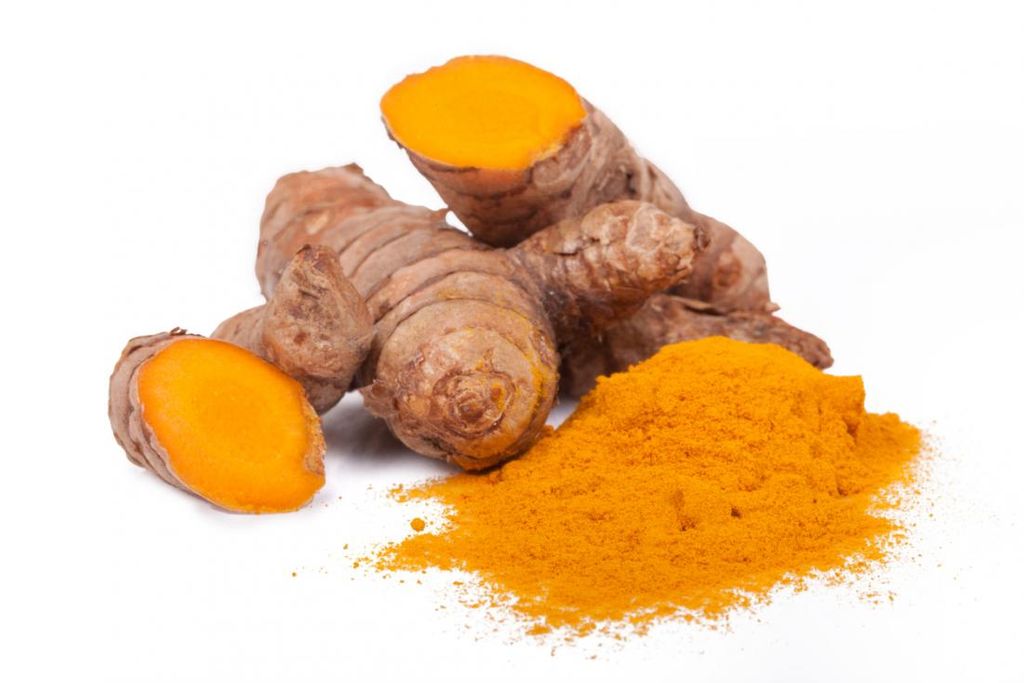
Turmeric is another common Indian spice. Grown as a rhizome, it can be used fresh (like ginger) or dried. It has been known to have a host of health benefits and is used in a lot of spice mixes and curries. The flavor of fresh turmeric is slightly stronger than dried, and it stains very easily, so make sure you are careful with your clothes and utensils while using it.
It has a pungent, earthy fragrance, used in small quantities to give curries a beautiful golden color.
Go ahead and experiment using these spices, and don't forget to let me know, down below!
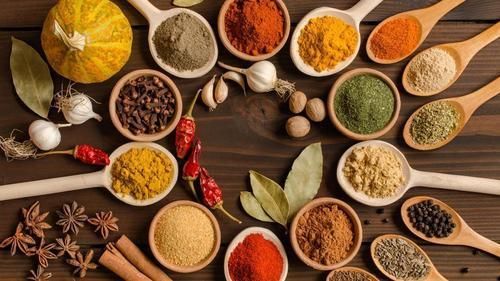
(Courtesy- Thekitchn)
